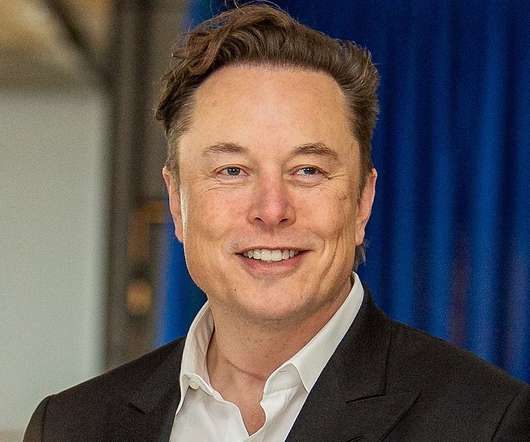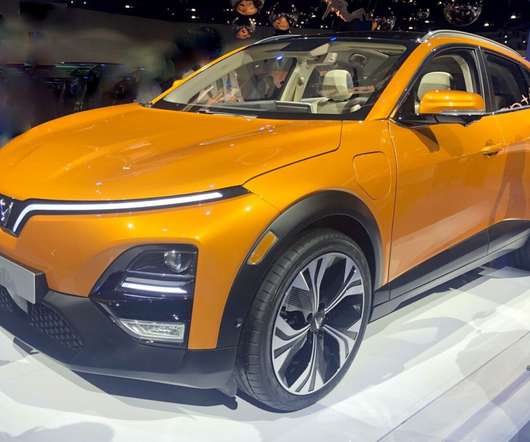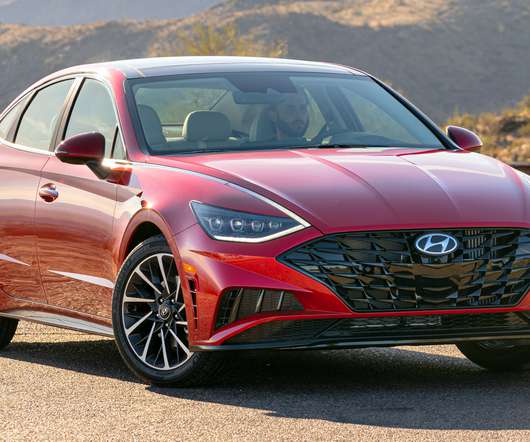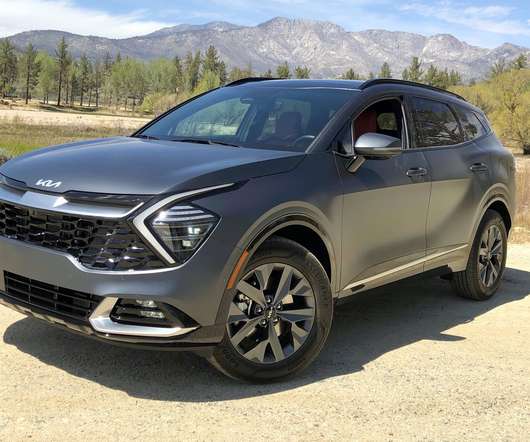2023’s Top Stories About Energy
Cars That Think
DECEMBER 31, 2023
Energy storage and nuclear fusion—two reliable crowd pleasers when the crowd you’re talking about is readers of IEEE Spectrum —are well represented among our most widely read energy stories of 2023. Welcome to Fusion City, USA At Helion Energy, workers build a section of the company’s Polaris fusion reactor. Number one?





























Let's personalize your content